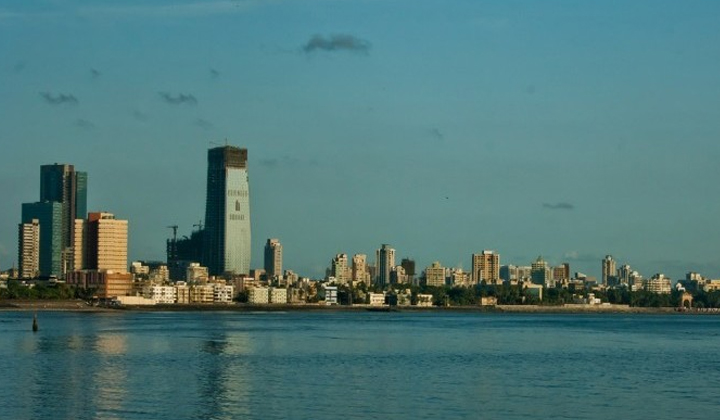Trending Now
- Delta and North fall under the last 15 places with regard to Plus 2 results. This is due to the callous attitude of the government: PMK founder Ramdoss
- England Cricket Board speaks to BCCI seeking to show England players at the IPL Play Off tournament.
- Dhruv Vikram starring Mari Selvaraj’s movie has been titled Bison.
Real Estate
How Expensive Housing Triggers Illegal Housing
![]() April 9, 2016
April 9, 2016
About 2,500 years ago, thinker and philosopher Plato had said that every city is divided into two parts — one for the rich and the other for the poor. His statement seems true even today, especially in developing countries. The mismatch is, however, quite surprising. The land on which city structures exist — for the poor or the rich — is equally expensive. The structures, by comparison, cost very little. So, how is it possible that a major city has two kinds of residents living close to each other? Why do certain parts of a city seem isolated from the rest? Consider that Noida, for example, cleared Rs 600 crore worth of encroached land in a single day on April 2.
In search of employment, people from rural areas move to urban ones which leads to informal settlements in cities. This is common across the world, but more prominent in developing countries like India. For example, unlike Noida, the Amrican cities do not have the issue of informal settlements. But illegal housing is common there, too.
Airbnb, a home-sharing site recently said it would remove all listings that violated the city’s laws. People in San Francisco, for example, turned their multiple homes into hotels; that was illegal. Such houses in the rental market violate rent control norms. They do not exist illegally, but they operate illegally. However, cracking down on home owners renting out their homes in whichever way they deem fit would only make housing more expensive in the city.
With housing notoriously expensive at present, San Francisco, like Mumbai, forces people to live elsewhere by preventing people from building up. In fact, except for cities like San Francisco and New York, most parts of the United States have affordable housing, and the cost of housing is not much higher than the cost of construction.
According to the National Bureau of Economic Research, a quarter acre of land increases the cost of housing by $2,85,000 in San Diego, by $3,50,000 in New York and $70,000 in San Francisco. It is the high cost of land that increases the cost of housing in San Francisco, like it does in Delhi or Mumbai. This was not always so. Economist Thomas Sowell points out that in 1970, housing in San Francisco was not more expensive than in other parts of the United States.
Environmental movements like “Save the Bay” have restricted real estate development in the area, making housing many times more expensive. This is why the city is full of small houses.
However, San Francisco is different from Mumbai in many ways. It is also one of the cities that were once as poor as large Indian cities today, but turned their fate around through right policies and by building the right kind of infrastructure. For all its flaws, San Francisco does not impose stringent coastal zone regulations like similar Indian cities do, and that explains its success to a large degree. Former World Bank researcher Alain Bertaud thinks that San Francisco would never have taken off the ground if such restrictions were imposed in the city.
The truth is that nothing can make housing less expensive except an increase in the supply of housing, as the demand for housing is very high in a city like San Francisco. If landlords are not allowed to rent out houses in the most profitable manner, not many houses will be built. When there is not much increase in supply in a city where housing is already in short supply, housing will become more and more expensive. In fact, this is the reason why illegal operation mushrooms in cities where legally operating is expensive. This is the only way the supply can meet the vast demand. That is true, even of Indian cities. So long as there is land — outside the formal market — that can be encroached upon, people will build informal settlements.
























